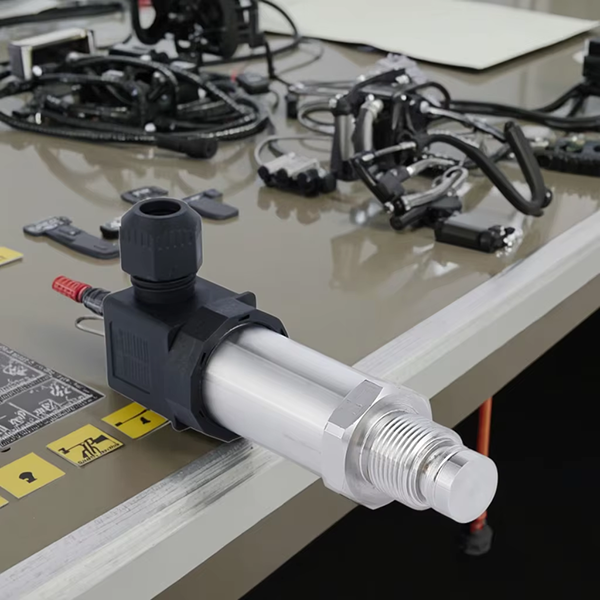1. understand your application requirements
before diving into specifications, it’s crucial to understand the specific requirements of your application. consider the following
pressure range determine the range of pressures you need to measure. ensure that the transmitter you choose can handle both the minimum and maximum pressures you expect in your application.
pype of pressure identify if you need to measure absolute, gauge, or differential pressure. this will influence the type of transmitter you need.
medium consider the fluid or gas you’ll be measuring. ensure the materials used in the transmitter are compatible with the process medium to prevent corrosion or damage.
2. evaluate accuracy and performance
accuracy is a critical factor when selecting a pressure transmitter. look for
accuracy specification check the percentage of accuracy (e.g., ±0.5% or ±1%). higher accuracy is usually desired for critical processes.
temperature range ensure the transmitter can operate effectively within the temperature range of your application. some transmitters may have limitations based on environmental conditions.
long-term stability a transmitter with low drift over time will require less recalibration, reducing maintenance costs.
3. consider electrical and output specifications
since you’re looking for a 4-20ma output transmitter, consider the following electrical specifications
supply voltage ensure that the required supply voltage for the transmitter fits within your existing system (typically 10-30 vdc).
signal conditioning some transmitters offer additional features such as temperature compensation, linearization, and hart communication.
response time evaluate the response time of the transmitter, especially for dynamic processes where quick feedback is necessary.
4. look into mounting and installation options
consider how you’ll be installing the transmitter
mounting style depending on your application, you might need different mounting styles, such as flush mount, threaded, or hygienic fittings.
size and weight ensure that the physical dimensions of the transmitter fit the designated installation space.
5. assess environmental conditions
the environment in which the pressure transmitter will operate can greatly affect its performance
ingress protection (ip) rating ensure the transmitter has an appropriate ip rating to protect against dust and water ingress, especially in harsh environments.
explosion-proof options if you’re working in hazardous environments, consider transmitters certified for use in potentially explosive atmospheres.
6. quality and reliability
choose transmitters from reputable manufacturers known their reliability and durability. check for
warranty and support a solid warranty and customer support can save you from troubles post-purchase.
feedback and reviews look for customer reviews to understand the performance and reliability of the transmitters you’re considering.
7. budget considerations
finally, evaluate your budget
cost vs. features while it may be tempting to choose the cheapest option, always consider the long-term benefits and potential costs associated with less accurate or less reliable devices.
investment return consider the long-term savings that could come from investing in a higher-quality transmitter versus the potential costs of failure or inaccurate readings.
conclusion:
Choosing the right 4-20ma pressure transmitter is essential for maintaining efficient and accurate operations in any industrial application. by understanding your requirements, evaluating the specifications, and considering the environmental conditions, you can select a transmitter that will meet your needs and provide reliable performance. remember, making an informed choice today can save you time, money, and hassle in the future.

